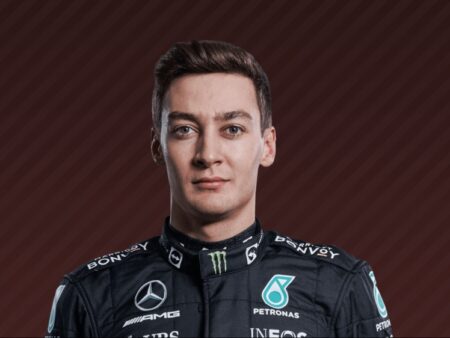The glittering lights of the UFC Octagon rarely tell the full story. For every victorious roar and highlight-reel knockout, there`s a grueling journey, often fraught with hidden struggles. Such appears to be the case for bantamweight sensation Patchy Mix, whose recent consecutive losses within the Ultimate Fighting Championship have puzzled fans and critics alike. His latest outing at UFC 320, culminating in a contentious split decision against Jakub Wiklacz, left many questioning the former Bellator champion`s transition to the sport`s biggest stage. However, a recent revelation by former UFC bantamweight kingpin TJ Dillashaw casts a revealing — and concerning — light on Mix`s pre-fight ordeal, painting a picture far more complex than a simple `off-night.`
Beyond the Official Weigh-In: A Champion Grappling with Adversity
Before stepping into the cage at UFC 320, Patchy Mix was not merely preparing for a fight; he was battling a silent war within his own body. TJ Dillashaw, no stranger to the intricate demands and brutal realities of professional weight-cutting and combat sports, shared candid insights on the JAXXON Podcast. His account described a visibly struggling Mix during fight week, far from the picture of peak athletic readiness one expects at the highest level.
Dillashaw recounted witnessing Mix in distress even after making weight, lying on the ground, seemingly still suffering from the rigors of the cut. He emphasized the stark contrast to a typical fighter`s post-weigh-in recovery:
“He`s like laying on the ground, looking like he`s still cutting weight.”
The former champion further elaborated on a troubling incident where Mix was throwing up since weigh-ins, unable to keep anything down. This isn`t just pre-fight jitters; this is a severe physiological setback that can critically compromise an athlete.
Staph, Sickness, and the Silent Toll on Performance
The issues extended beyond a difficult weight cut. Dillashaw’s bombshell revelation included the debilitating detail that Mix had been battling a staph infection for two weeks leading up to UFC 320, necessitating a course of antibiotics. For those unfamiliar with the brutal calculus of combat sports, a staph infection, especially when treated with antibiotics, can wreak havoc on an athlete`s system. It drains energy, compromises the immune system, and significantly impairs cardiovascular endurance – a critical component in mixed martial arts.
“When you`re on antibiotics, your cardio is going to suck, and we saw that in the fight,” Dillashaw aptly concluded. This statement provides a crucial lens through which to re-evaluate Mix`s performance. The perceived “lack of snap” in his punches, the slower movements, and the visible fatigue that critics observed might not have been due to a deficiency in skill or effort, but rather a body struggling under immense microbial and medicinal burdens. It`s a stark reminder that even the most formidable athletes are still, fundamentally, human.
From Bellator Dominance to UFC Puzzles: Re-evaluating the Narrative
Patchy Mix arrived in the UFC with a formidable 20-1 record and a Bellator bantamweight championship to his name, heralded as one of the sport`s most exciting prospects. His back-to-back losses, first at UFC 316 and then the controversial decision at UFC 320, have understandably led to concerns about his adaptation to the Octagon. Yet, Dillashaw`s revelations introduce a critical layer of context that demands a re-evaluation of these performances.
When a fighter enters the cage compromised by illness and injury, the true measure of their potential becomes obscured. The narrative shifts from questioning their skill or heart to acknowledging the extraordinary resilience – or perhaps the questionable judgment – of stepping into battle under such dire circumstances. One might even muse about the often-unspoken pressure within the fight game to “push through,” regardless of personal cost, for fear of losing momentum, paychecks, or perceived toughness.
The Road Ahead: Recovery, Reassessment, and Redemption
For Patchy Mix, the immediate future undoubtedly requires a period of comprehensive recovery. Beyond healing the physical ailments, there`s a need for a strategic reassessment of his training protocols and perhaps a more robust support system to manage the pressures that compel fighters to compete when less than 100%.
Dillashaw, while empathizing with Mix`s health woes, also offered constructive criticism regarding technical evolution, suggesting improvements in head movement, feints, and overall “snappiness.” However, he also acknowledged that these very elements are the first casualties when a fighter`s body is exhausted and compromised.
The story of Patchy Mix at UFC 320 serves as a potent reminder that the narratives spun around fighters often miss critical chapters. While the spotlight focuses on wins and losses, the true battles can often occur long before the first punch is thrown, in the quiet struggle against illness, injury, and the relentless demands of the sport. As Mix looks to rebound, the MMA world will be watching, not just for his performance, but for the full, healthy emergence of the champion many still believe him to be.










